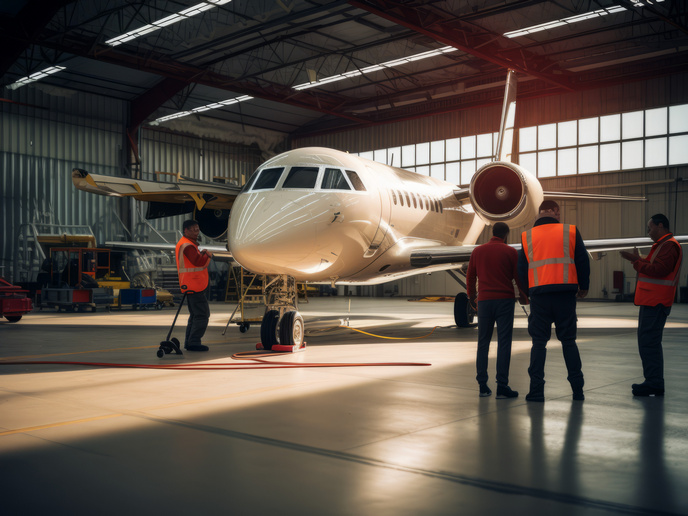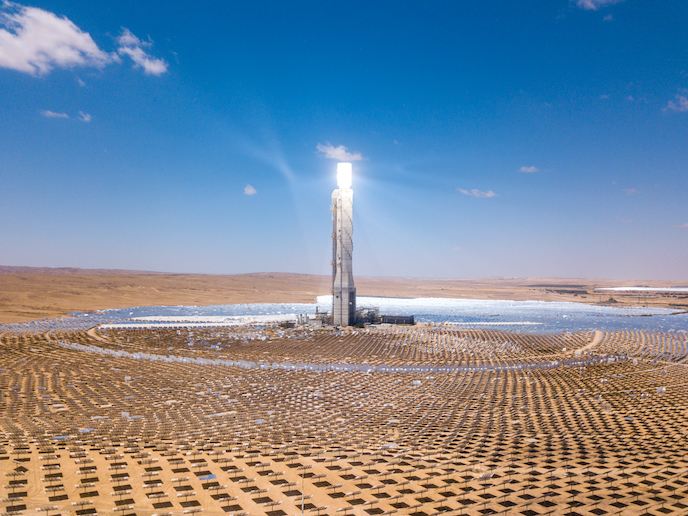Recreating moving supersonic shockwaves
Engines are typically composed of a compressor, a combustion chamber and a turbine. Air flows through these components in this order, providing the oxygen needed for the combustion process(opens in new window). “Analysis has shown that replacing the traditional combustion chamber with a rotating detonation combustor could increase overall machine efficiency significantly,” explains ROTRANS(opens in new window) project coordinator Lukas Inhestern from Purdue University(opens in new window) in the United States.
Potential of rotating detonation combustors
The basic concept of a rotating detonation combustor is that it burns fuel via a supersonically travelling detonation wave, delivering not only a temperature but also a pressure increase. Key drawbacks however include outflows in the supersonic and subsonic regime. Most importantly, supersonic shockwaves – when the gas density or temperature suddenly changes – can significantly affect engine performance and create instabilities. “The key to unlocking the potential of rotating detonation combustors for energy generation is to design a turbine that can work effectively with subsonic and supersonic air inflow,” says Inhestern.
Recreating supersonic shock formation
The ROTRANS project, coordinated by TU Berlin(opens in new window) in Germany and supported by the Marie Skłodowska-Curie Actions(opens in new window) programme, sought to better understand the transition from subsonic to supersonic passage flow, in order to facilitate the design of more robust and efficient rotating detonation combustor engines. First, physical equations to evaluate the aerothermal losses during this process had to be derived to evaluate this process. "Then, we reduced the complexity of the problem,” adds Inhestern. “Instead of using complex 3D simulations, we used 1D simulations(opens in new window). This approach helped us to identify the driving mechanism behind this process.” From this, Inhestern was able to recreate supersonic airflow conditions in a simple but effective manner. “We used a thin film of water to imitate supersonic flow,” he explains. “You can see this at home – when water from your kitchen tap hits the sink, it forms a thin film.” Instead of a kitchen sink however, Inhestern and his team built a facility with a four-square metre plane of glass. Water is gently released over the surface, creating a thin film of water. A series of pumps and tanks ensures that water flow continuously circulates. The next step was to design a pulley-driven arm that moves from one side of the test section to the other. By barely breaking the surface, this motion recreates the supersonic shockwaves that Inhestern wanted to recreate.
New technologies to reduce greenhouse gas emissions
Experiments using this facility corroborated what Inhestern and his team had predicted in their simplified simulation models. This suggests that the ROTRANS water table could be a highly effective and efficient way of testing supersonic flow, and assessing the efficacy of new engine designs. “Understanding the behaviour of supersonic shockwaves will help designers of supersonic turbines and compressors,” he says. “Designers of any fluid dynamic device can benefit from the formulation of aerothermal losses.” This in turn could encourage the development of more efficient and safer engines. In order to reduce our greenhouse gas emissions, new approaches and technologies are needed. This is a key area where the ROTRANS project can make a valuable contribution.







